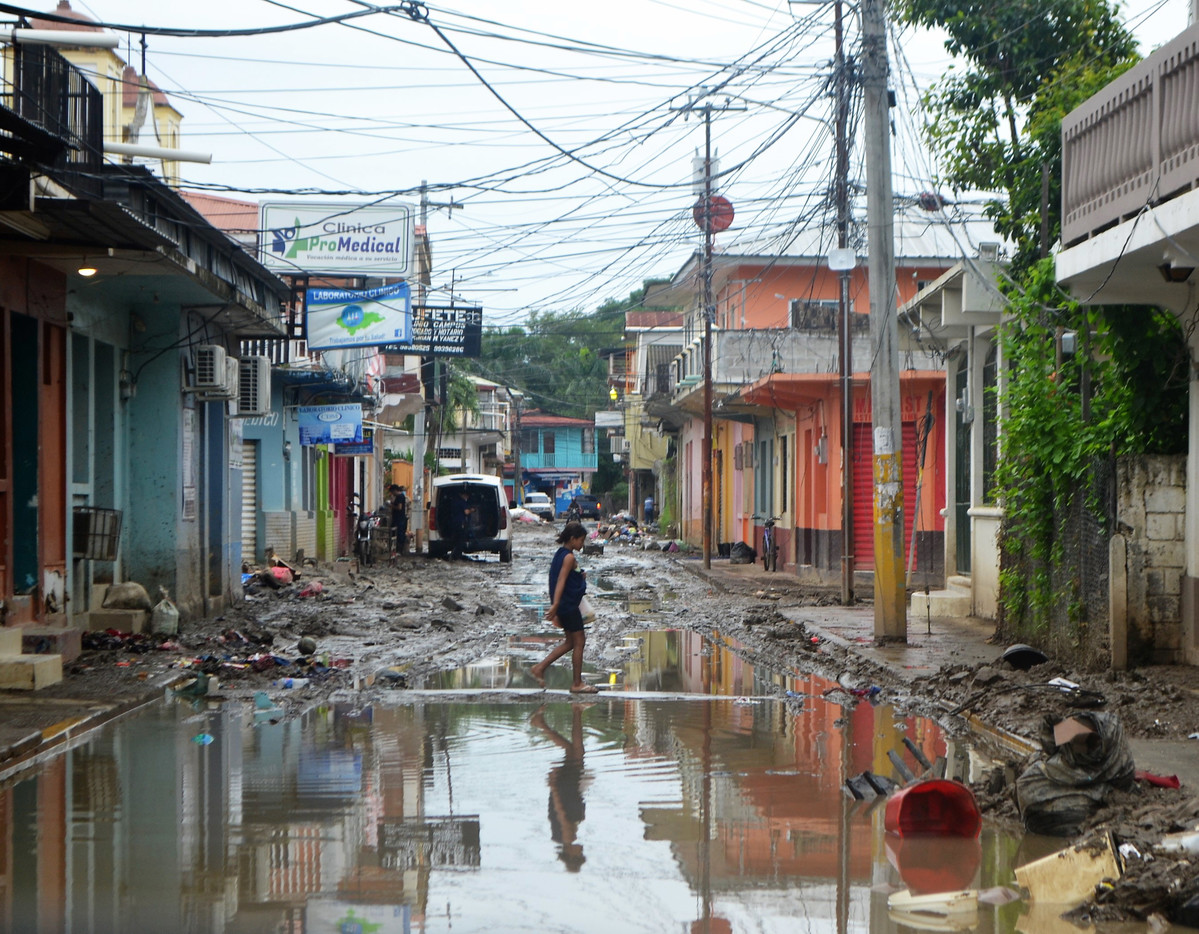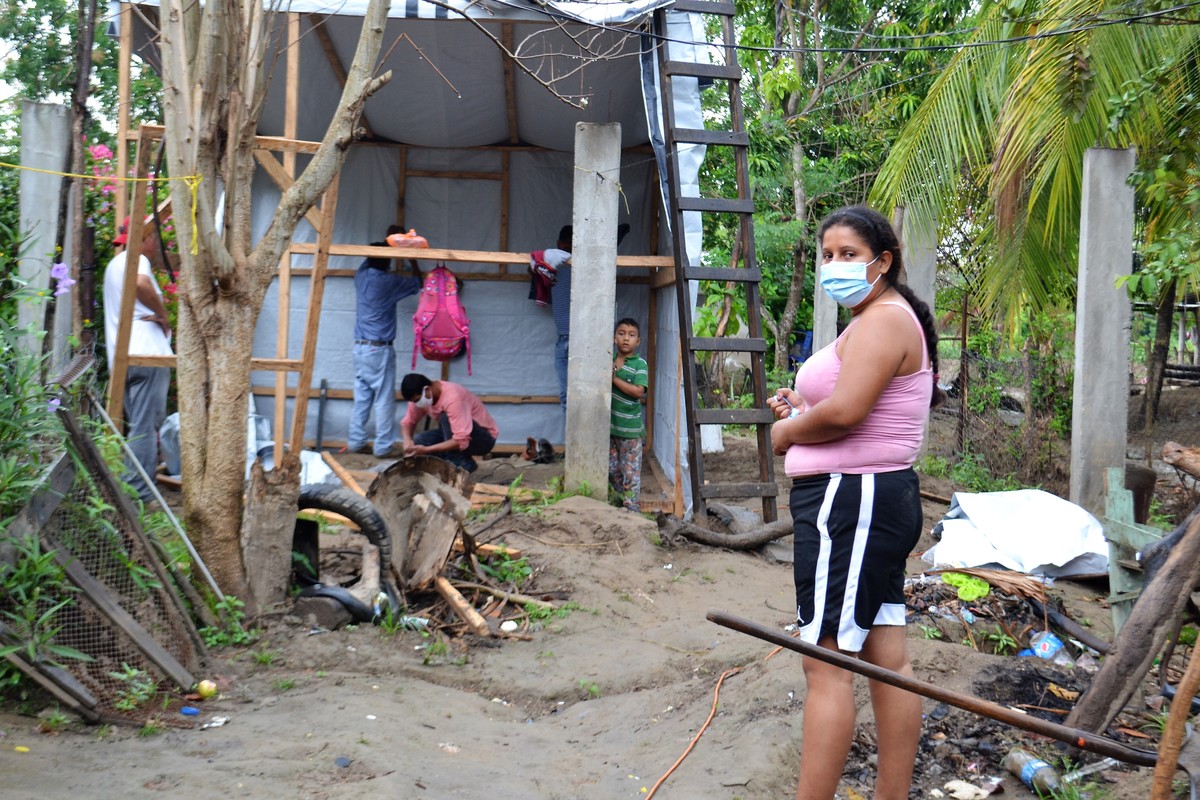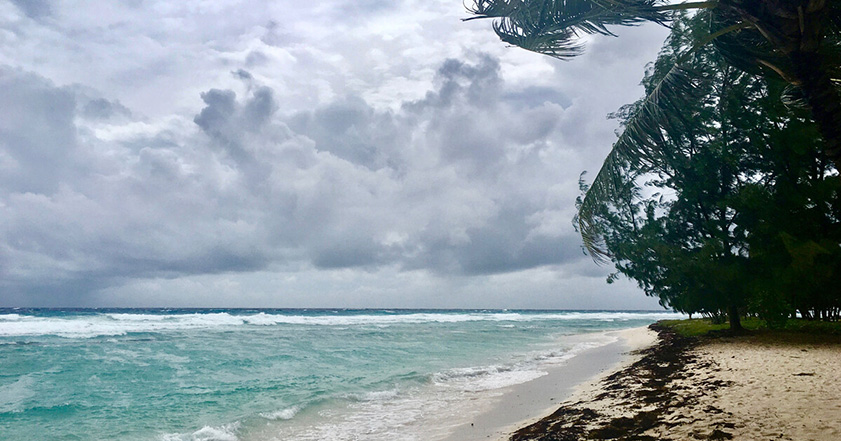The 2020 Atlantic hurricane season was the most active on record. It brewed a whopping 30 named storms, 14 of them hurricanes.
The next year saw another above-average season. In fact, 2021 wasn’t a great year for disasters in general. July 2021 saw an unprecedented number of extreme flooding events everywhere around the globe – from India to Western Europe, as well as devastating wildfires in places such as the USA, Cyprus, and Turkey.
Fast forward to this year, and experts are predicting yet another above-average Atlantic Hurricane season – the 7th in a row.
When does the hurricane season start and end?
The Atlantic hurricane season runs from the 1st of June to the 30th of November each year. It covers the Atlantic Ocean, Gulf of Mexico and the Caribbean Sea.
Hurricanes, typhoons and cyclones are all tropical storms. The only difference is where they form. Hurricanes form in the tropical Atlantic and the Eastern Pacific Ocean. Typhoons form in the West Pacific Ocean and cyclones form south of the equator, off the coast of places such as Australia and Madagascar.
What does an active hurricane season look like?
The 2021 Atlantic Hurricane season was the third most active on record.
By early August, we’d already seen five named storms, including one hurricane. The first hurricane, Elsa, formed on the 1st of July and affected parts of St Lucia, Cuba, Florida, and the Dominican Republic.
2022 Atlantic hurricane season predictions
This year, the Colorado State University is forecasting 19 named storms and nine hurricanes, four of which are predicted to be major hurricanes.
Despite the prediction of this season being well-above-average yet again, we still don’t know whether this year will be as bad as the two previous years, both of which broke unwelcome records.

A woman walks on a flooded street in Honduras, shortly after Hurricanes Eta and Iota devastated parts of the country.
How do hurricanes affect communities?
An abnormally active hurricane season is not good news for families living in at-risk locations in the Caribbean and the Gulf of Mexico.
Here at ShelterBox, we’re constantly on standby, monitoring weather events using a number of alert systems. For hurricanes, there are some more bespoke monitoring systems, so we keep an eye on the US’s National Hurricane Centre.

In Honduras, a family is rebuilding their home using ShelterBox aid, after Hurricane Eta and Iota battered parts of the country in November 2020. We worked with Habitat for Humanity Honduras and the Rotary Club of San Pedro Sula to support affected communities.
How does ShelterBox respond to hurricanes?
There are always challenges when responding to hurricanes.
The widespread destruction can seriously affect families – both physically through losing loved ones, and mentally with trauma. Infrastructure damage can affect not just ports, airports and roads but can also present extreme challenges for governments as they try to support their citizens.
Our links with local partners worldwide, combined with our storage of stock in strategic locations globally, means we are able to get shelter to families who are in a vulnerable position – no matter what.
Does climate change cause more hurricanes?
Whilst climate change is not increasing the number of hurricanes, the rising temperatures are causing storms to become much more intense and have a far more devastating impact.
As a result, in recent years, we have seen far more of the highest possible categories of storms – Categories 4 and 5.
But it’s not just catastrophic hurricanes – it’s floods, droughts, wildfires; the list is long. With your help, we can be prepared and reach the families who need support the most.
At ShelterBox we are dedicated to supporting families after disaster, but we can’t do it without you. Your support will help us be ready to respond when disaster strikes.
*Written in collaboration with Dave Raybould, Operations Team Lead.

